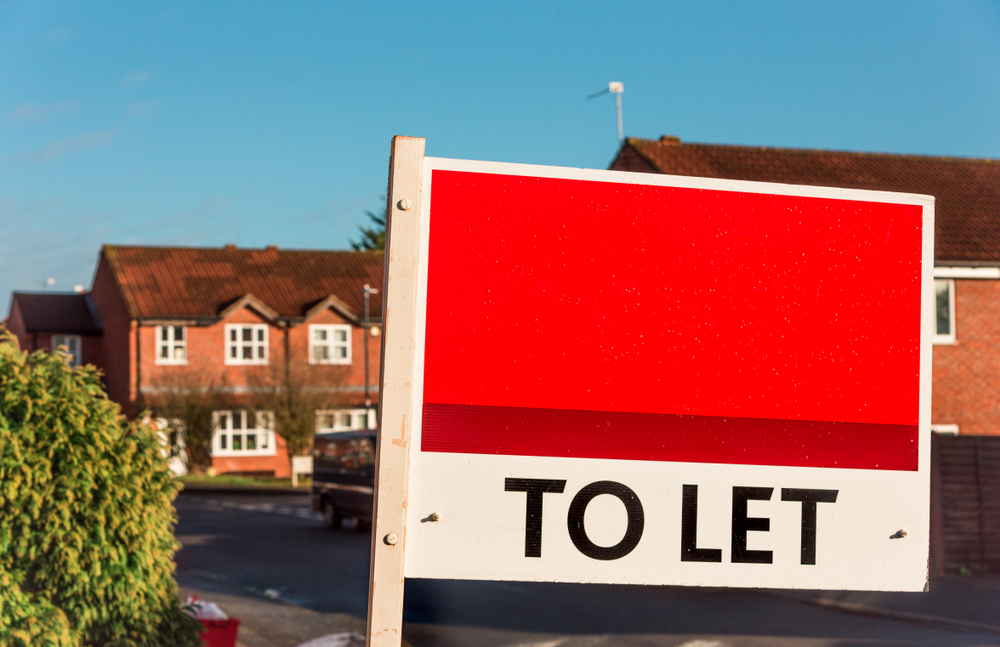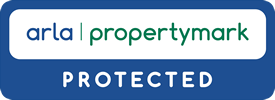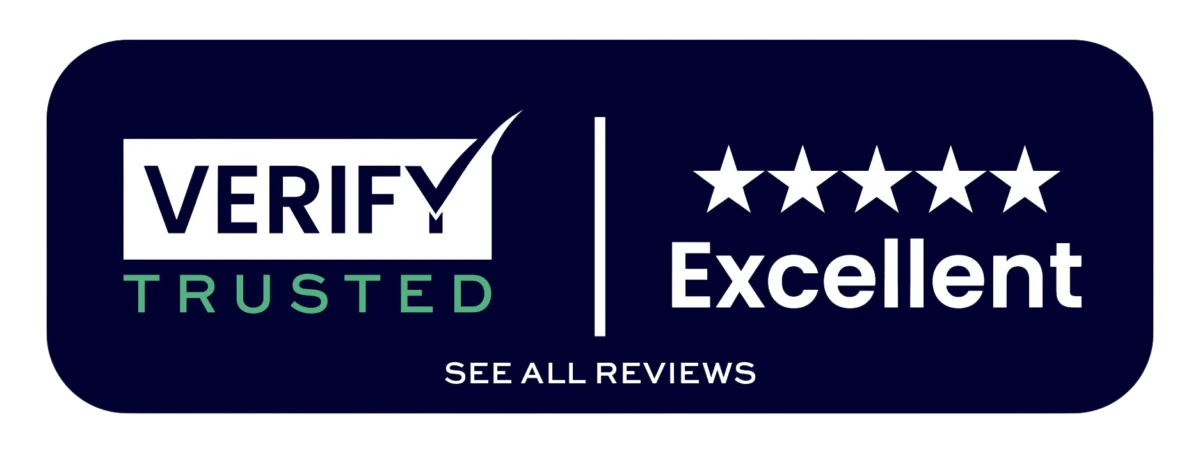Hello,
Buy to let month! Over the past few months we’ve been witnessing an increase in bank base rate, which not surprisingly has had a knock effect to both residential and buy to let mortgage rates being offered.
Despite these rises and the media frenzy surrounding them, I would like to point out that the rates available now are the same as they were pre-pandemic. That’s not to say we won’t see further increases. The cost of living and increasing inflation is putting pressure on the Bank of England to hike the base rate and we will keep you informed of any changes as they come.
This month, we are focusing on Buy to Let mortgages and information landlords need to know should you be thinking of purchasing your first property, and equally important for experienced landlords.

Buy to Let Investment
What’s happening with mortgage rates?
Despite mortgage rates increasing over the past few months, rates offered on buy to let mortgage are still historically low with rates being offered just over 2% for a two year fixed rate and circa 2.5% when looking at a fixed rate for five years.
Buy to let investors who have been in the market for more than a few years will see interest rates of 2.50% as an opportunity to secure relatively cheap finance. We recently exhibited at the Property Investor Show that was full of investors from around the country showing demand is strong and many are keen to continue to grow their property portfolios.

EPC legislation – how will it effect mortgaging my buy to let?
As the UK works to achieve net-zero emissions by 2050, the energy efficiency of people’s homes is under heavy scrutiny right now.
The government is currently consulting on updating the rules that govern the minimum EPC rating of rental properties. Currently, properties are required to have a minimum Energy Efficiency rating of an E, to both let the property and to use it to secure a mortgage. However, by 2025 this will be either raised to a D or C, with the majority of industry experts expecting the latter.
2025 may seem way off, but will soon arrive. The problem on the horizon is many landlords don’t actually know that this change is on its way or even under consideration.
A study conducted by Shawbrook Bank showed that a large proportion of landlords own older properties, with 36% saying their rental homes were built prior to 1940. This may cause issues as older homes generally have lower EPC ratings and will need to have costly work to become fit to rent and therefore acceptable to a mortgage lender post-2025.
We recommend you check your EPC rating and begin consulting on the cost of improvements. .
It is likely builders and other tradespeople will be mighty busy (that’s busier than they already are) as we approach deadline day as properties not achieving the expected C rating will not be either lettable nor mortgageable.
EPC’s are valid for 10 years, if you don’t have a current one, please make contact where we can arrange one for you.

Do I qualify for a buy to let mortgage?
Above all, there are two criteria a lender will be looking for when assessing your ability to qualify for a buy to let mortgage.
Firstly, do you have a sufficient deposit?
A minimum of 20% – 25% deposit of the property purchase price is required by most lenders.
Secondly, a lender will want to know the rental income achievable for the property as this is used to assess how much can be borrowed.
You may be surprised I haven’t mentioned personal income, this is because buy to let mortgages are paid for by the rental income received, not your personal income so many lenders won’t include your personal income in the assessment for affordability.
Those that do require pay slips or tax returns will be looking for a minimum income of circa £25,000 per annum.
Since 2016 we have seen a surge in new lenders entering the buy to let mortgage market. With increased competition comes cheaper interest rates and also more availability to a wider market.
Investors wanting to access the market for the first time (First time landlords) have many options available, as do first time buyers and clients with historically experienced credit problems.
As a First-time buyer, you can purchase a buy to let property meaning you don’t need to own your own home prior to purchasing an investment property. Lenders will need to be satisfied the purchase is an investment and not a property you will be moving into. Should you purchase a buy to let as your first purchase, you will not have to pay the additional 3% stamp duty but you won’t qualify for the first time buyer stamp duty incentive which sees first time buyers of residential properties exempt from paying any stamp duty on the first £300,000 of a purchase.
Britain will mark Queen Elizabeth’s Jubilee this weekend, a record-breaking 70 year reign.
If you are looking to take part in the festivities, you can search an event near you by clicking here. Jubilee Celebrations
|










